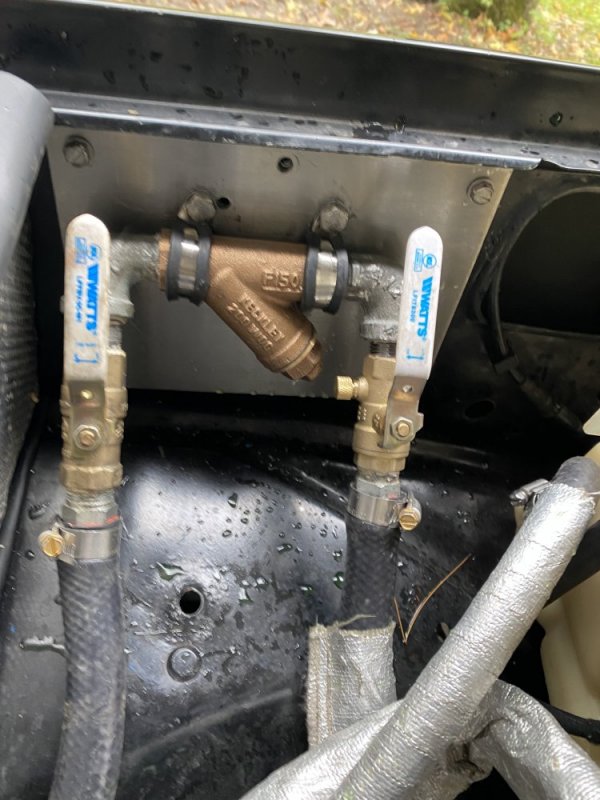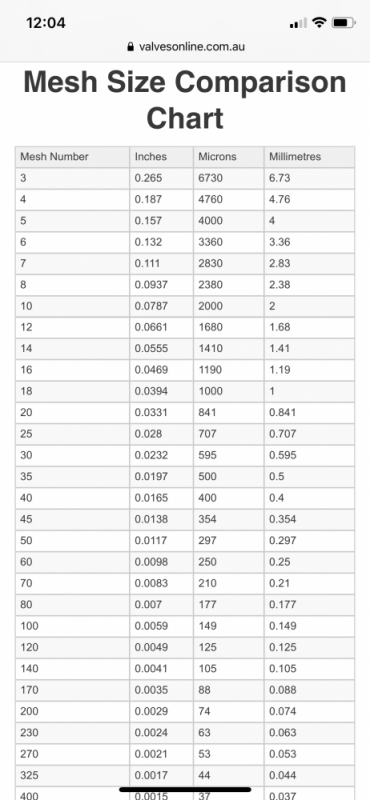MrMarty51
Well-Known Member
When we would do the coolant test, if there was no maintenance required, NAPA had the coolant filters without pellets in them.Verify it is an actual filter ONLY. Almost all coolant/water filters have tablets inside them that dissolve over time to add chemicals into the coolant. Nitrite is one of the major ones and is really bad for the 6.5. Although the 6.5 burns diesel fuel, the way the cylinder walls get cooling it is effectively a gasoline engine. The 6.5 will cause the nitrite to drop out of suspension and make mud like build up.


